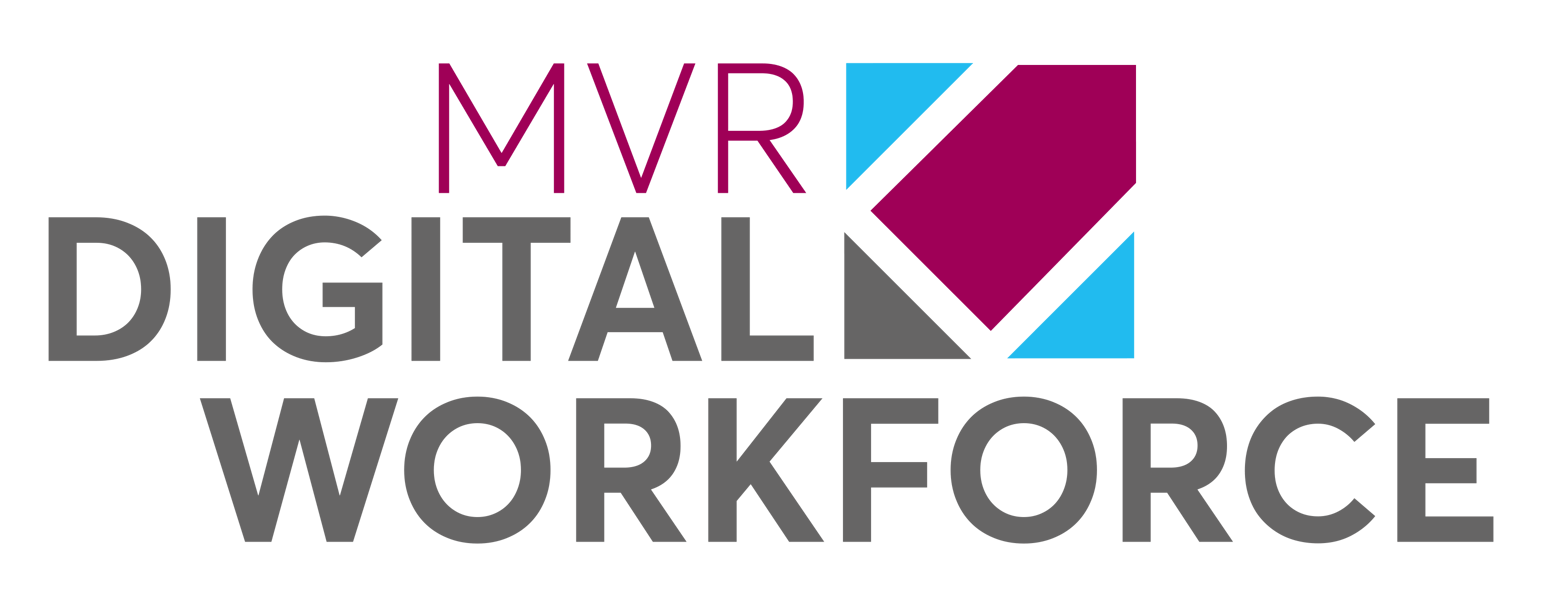From usage often come the best improvements to our product. Therefore, we also test our applications in our own operations before we deliver them to customers.
In the case of ours, we received a request from a colleague at MvR Consulting, Afanaisa Martin, to help edit 30 recorded interviews of about 1 hour duration. Attached is a brief interview with Afanaisa about her experiences.
Had you used Transcription software before?
Yes, I had used OneNote before for transcribing texts. I used this mainly for working out Woo processes. It saved a lot of time and energy, but the texts were not good and it required a lot of work in editing. Mainly because OneNote is not that accurate when it comes to the Dutch language and recognizing it, I had to pick out a lot of wrong words in particular. Also, you often have to listen back to audio because the transcript has too many errors.
What are your findings with our Transcription Assistant?
It worked very well. Within hours, I had the mp4 sound files back as a Word document. At least 80% was well transcribed, with punctuation, which saves a lot of work. What I also found remarkable is that in some of the interviews, many English words were used and these were also well reproduced. Pre-selecting a language seems unnecessary, which is often a limitation with other tooling.
What I found amazing is that from reports of about 8 pages, you can also very easily have a summary made by the Transcription Assistant which is really very good and also gets the essence out.
What opportunities do you see for using the Transcription Assistant?
For example, public meetings (government), team meetings, etc. I also see opportunities for voluminous Woo documents that can be provided with a brief summary on the cover page, or the elaboration of interviews, as I mentioned earlier.
How do you see the Transcription Assistant continuing to develop?
Of course, as a digital transition consultant, I am always looking for ways to work efficiently, but it must also be secure. But the interviews are, of course, the first step; now comes summarizing the conclusions from the interviews. A step that I, as a consultant, want to be the first to take, but where I am now also very curious about what support AI can provide in this regard.
In the next step, my colleagues at MvR DW are going to see if they can also extract additional information from the interviews, such as tone of voice (are people positive or negative towards the topics discussed), what advantages and disadvantages were mentioned, but also we can extract concrete actions mentioned from the conversations. For 30 interviews, this is still fine to do manually, but for large numbers, think service desk, surveys or reports, this would obviously be very interesting. The Transcription Assistant is just phase 1 of a broader development of tooling to help with work. Other opportunities I am interested in are working on large-scale surveys within organizations and using the Transcription Assistant to analyze qualitative data.
Do you have questions about the MvR transcription assistant? You can reach us at info@mvrdigitalworkforce.nl.

